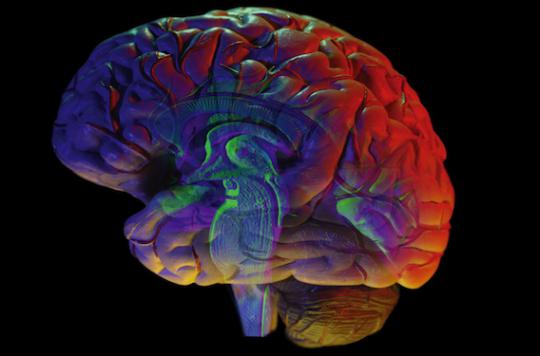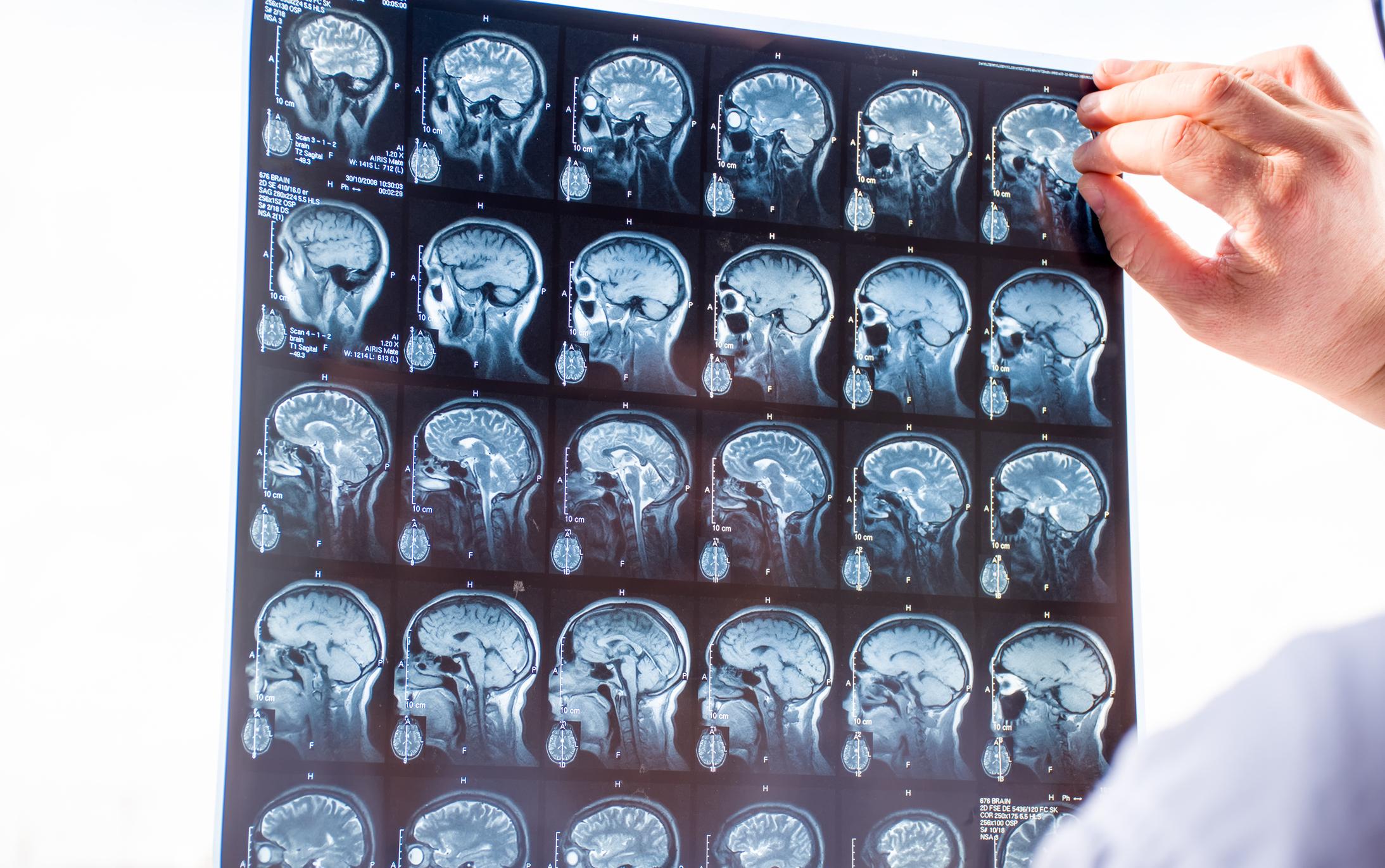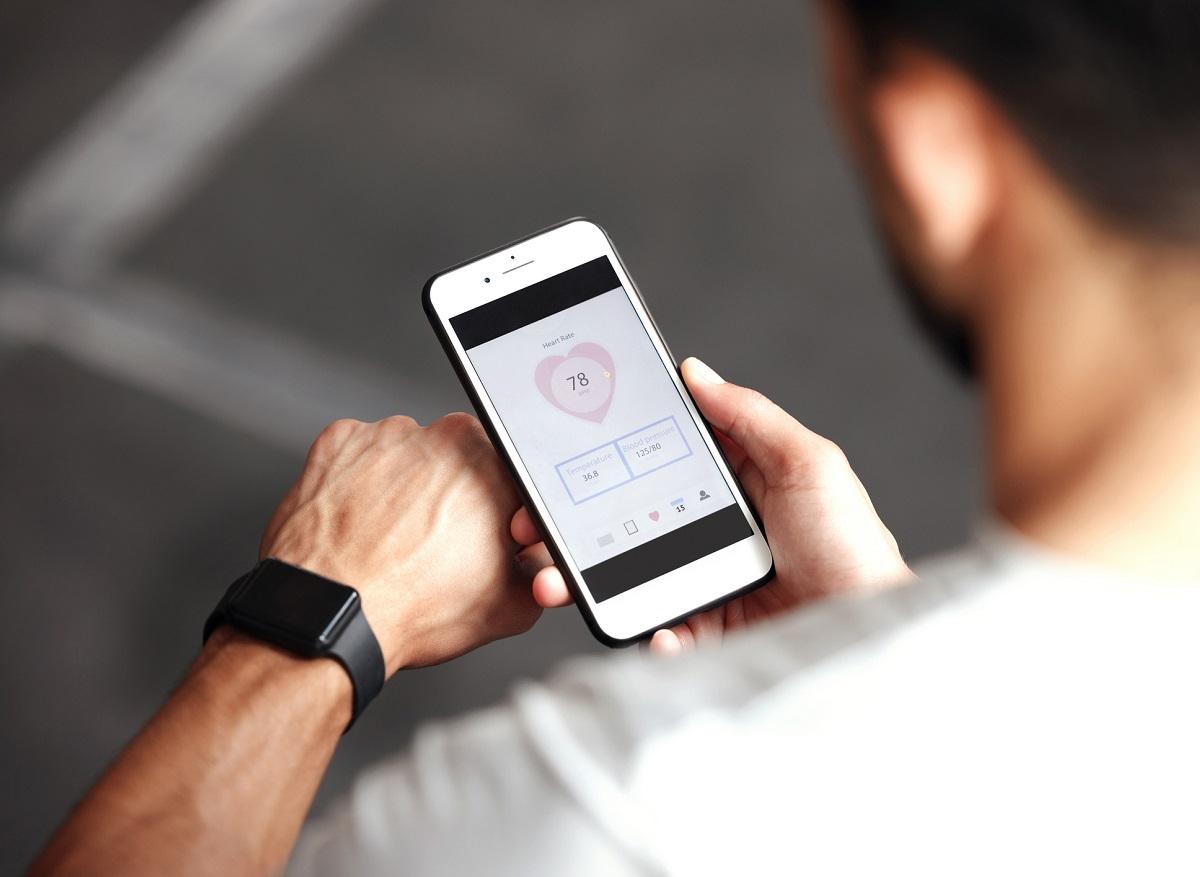To better manage epilepsy and adapt treatments, doctors are turning to connected objects. They give a long-term view of the patient’s condition.

Between 400,000 and 500,000 people suffer from epilepsy each year in France, making this neurological disorder the most common after migraine. But accompanying these patients is not always easy, insofar as the forms of epilepsy are very varied and where the personalization of treatments is essential.
To define the best combination of drugs for each patient, they may undergo a number of trials and failures, before finding what suits them best.
At the annual meeting of the American Epilepsy Society, researchers looked into this issue, taking a close look at three new connected objects that allow patients to be monitored over the long term, to better understand the origin epilepsy and the onset of seizures.
New connected objects
The first of these consists of placing a kind of patch, called EEG PatchTM, on the skull of the epileptic person, at the level of the area of the brain identified as being at the origin of their seizures.
At the clinical trial stage, this device is waterproof and can monitor brain activity at any time of the day. It only requires a battery recharge every seven days, allowing continuous tracking. Recorded data can be downloaded by the practitioner at any time for review.
According to the researchers, this information should make it possible to better understand the problems specific to each patient and to know the frequency of epileptic seizures over a long period, in order to adapt the treatment individually.
Predict and alert
The second connected tool touted by the researchers is nicely called “Brain Sentinel”, literally the sentry of the brain. The idea is similar, and the device is able to detect, with a very low percentage of error, the occurrence of generalized tonic-clonic seizures. It sends a warning signal in the seconds following the onset of the crisis and is currently being studied by the FDA for imminent marketing.
A third tool is already available to consumers. These are two connected bracelets capable of predicting the onset of seizures by detecting changes in the heartbeat, in blood oxygenation, or in electrodermal activity (the electrical activity recorded on the surface of the skin). According to the researchers, it is the combination of these three measures that gives a very precise picture of the epilepsy risks for each patient.
In the case of a disease that can vary considerably from one person to another, such as epilepsy, the added value of connected objects therefore seems to be taking shape, with real progress in patient care as a result.
.

















